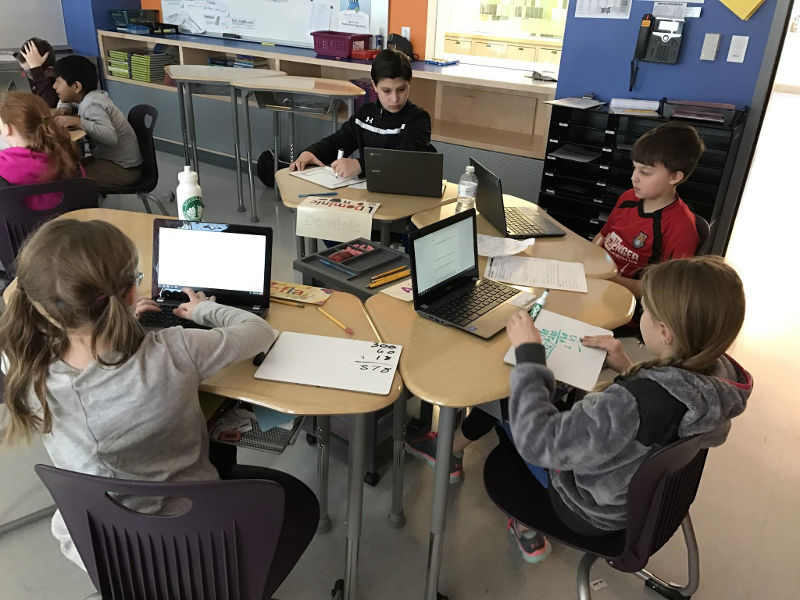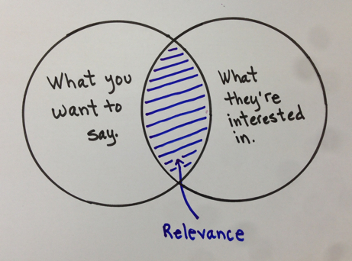T&L Leadership Summit Workgroup: Blended and Personalized Learning

The need to create more authentic personalized learning opportunities for all learners was one of the top issues addressed at the March Tech & Learning Leadership Summit in Rosewood, California. The Summit coincided with commentary in the February 28, 2018 edition of EdWeek that identified personalized learning as one of the things Education Secretary Betsy DeVos should prioritize for her second year in office.
Susan Beltz of the Oakland (CA) Unified School District presented one of the more broadly construed definitions of personalized learning:“We view personalized learning as utilizing instructional models in which a student learns in part through the delivery of content and instruction via digital and online media with some element of student control over time, place, path, or pace and in conjunction with core curriculum.”
[Being ‘The Guide on the Side’ is not Enough. Become The COO.]
One idea that the workgroup clearly articulated is that personalized learning is much more than simply putting a 1:1 device program in place or purchasing some type of software solution.

Chris Budzynski, director of information technology for the Huntley (IL) Community School District 158, shared information about their blended high-school programming, which has expanded over the last seven years. From their initial offering of three courses with 100 students, the program has grown such that all departments in the high school now offer some blended options for 2,122 students in 56 different courses. As personalization is more than the way the course is offered, Huntley will begin to offer a standards-based approach to the high-school curriculum in the fall of 2018. Students have the choice of selecting a medical academy, engineering, or global academy track in addition to traditional offerings to support their future college and career readiness.
Huntley’s personalization is based upon four pillars of personalized learning: learner profiles, multiple methods and modes of instruction, strong assessment, and educator collaboration. Similar to the goals of early Progressive educators, Huntley is looking towards putting an individual learning plan in place for each student to ensure that they have a strong roadmap towards college and career readiness upon graduation. Similar to individual education plans developed for students with special needs, the concept is to ensure that each child’s individual needs are met. This was a concept originally posited by Carleton Washburne as part of his Winnetka Plan in the 1930s and was one of the factors considered by Sal Khan in the development of Khan Academy.
Another key concept the workgroup considered is the need to utilize assessment effectively in order to ensure that students are developing the skills and understanding the content that they need to be successful. This point was emphasized in the presentation by Matthew Joseph, director of digital learning, innovation, and technology for the Milford (MA) Public Schools. The district recently moved to a 1:1 Chromebook installation in grades 3 to 5 and anticipate being fully 1:1 in K–12 by the fall of 2018. The goal in Milford is to provide more active and engaged learning opportunities for students. One of the keys to this approach is building professional development resources for teachers. As Milford has created a more engaging environment for students, the loss they had been experiencing through school choice has ceased and the changes have actually brought new families into the district.
Tools and ideas to transform education. Sign up below.

Someone quoted Ignacio Estrada during the session: “If a child can’t learn the way we teach, maybe we should teach the way they learn.” With the tools that modern educators have at their disposal, there seems to be little reason not to strive to engage each child in a way that is meaningful and appropriate for him or her.
Steven Baule is the Superintendent at Muncie (IN) Community Schools
Steve Baule served as a technology director, high school principal, and superintendent for 20+ years in K-12 education. He is currently the director of Winona State University’s online educational doctorate program in Minnesota.
